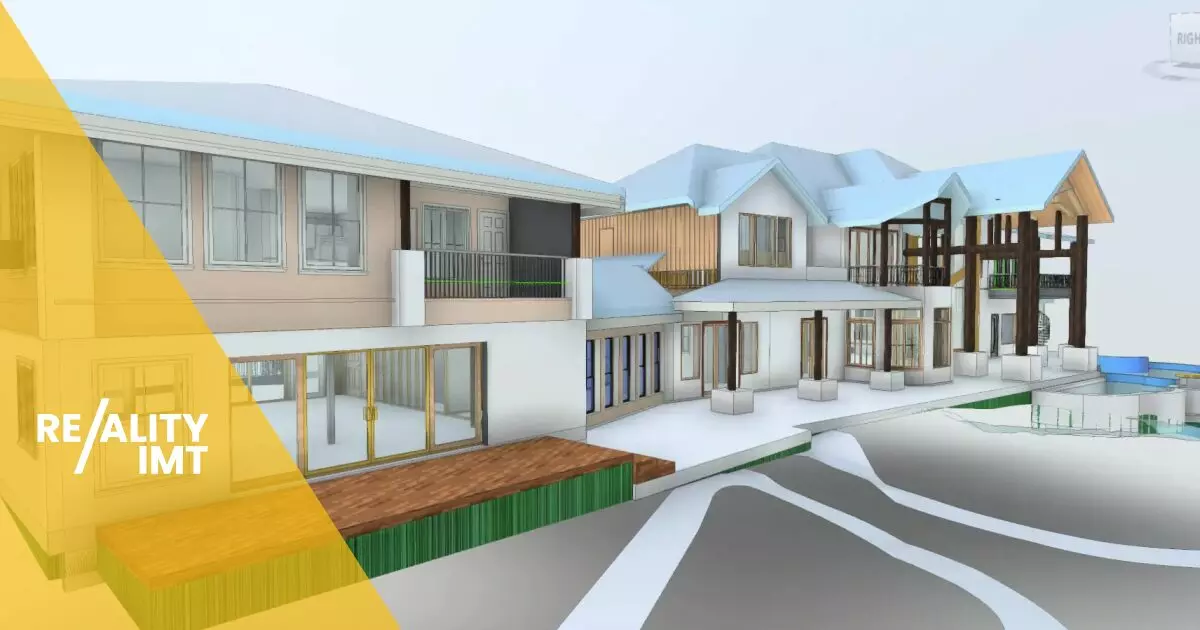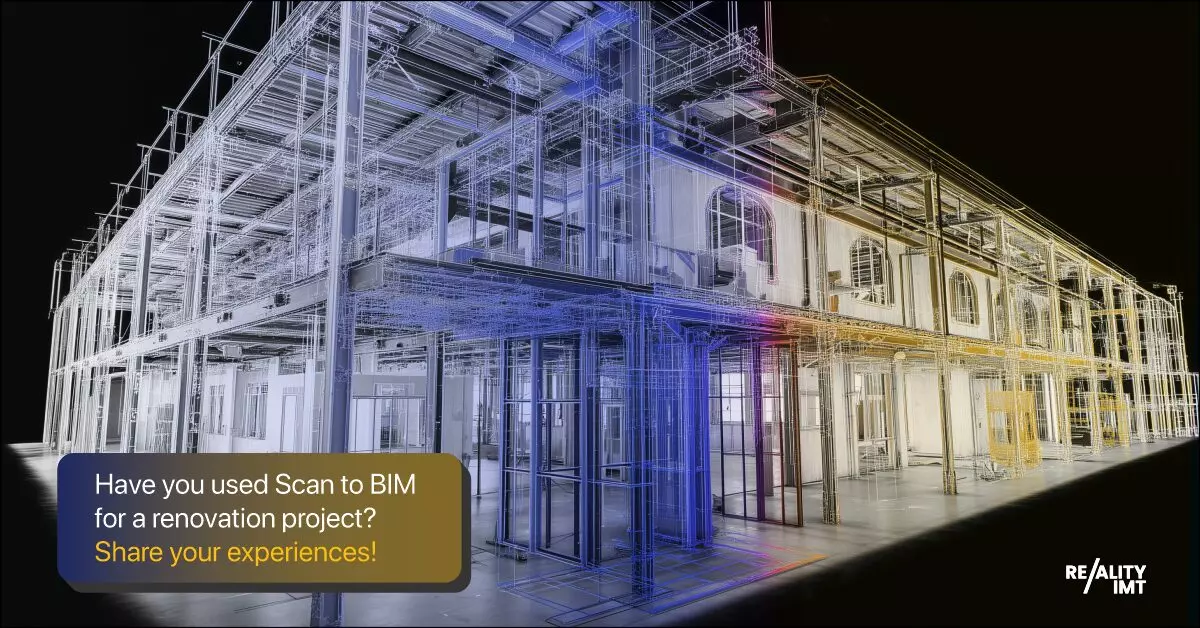In the world of residential construction and renovation, accuracy is everything. Whether you’re designing a new home, planning a remodel, or simply managing a property, precise measurements are essential. Gone are the days of manual measurements that can lead to costly errors and rework. Instead, 3D measurement services have transformed how residential floor plans are created, providing reliable, detailed data that professionals and homeowners can trust. Here, we explore why 3D measurement services have become the preferred solution for residential floor plans, their benefits, applications, and how they work to deliver accuracy and efficiency.
Why Precision Matters in Residential Floor Plans
When designing or modifying residential spaces, accuracy in floor plans affects everything from construction timelines to budgeting. Even minor discrepancies in measurements can result in significant complications during construction. With traditional measuring tools, there’s often a risk of human error, which can lead to rework, project delays, and unexpected expenses. 3D measurement services solve this issue by delivering highly accurate, precise data.
Benefits of Precise Floor Plans:
- Smooth Construction Process: Precise measurements ensure that each element of the construction process aligns perfectly, reducing the need for last-minute changes.
- Efficient Space Planning: Accurate floor plans provide a clear understanding of spatial relationships, enabling better design decisions.
- Cost Savings: Eliminating errors and rework can significantly reduce project costs, making accurate floor plans a wise investment.
What Are 3D Measurement Services?
3D measurement services use advanced scanning technology to capture exact dimensions of a physical space. These services produce highly accurate digital models of residential properties, capturing every detail of the layout and structure. Unlike traditional methods that rely on tape measures and manual calculations, 3D measurement services employ laser scanners, which provide precise data down to the millimeter.
How 3D Measurement Services Work:
- Data Collection: Using laser scanners or LiDAR technology, 3D measurement specialists gather data by scanning the entire property. This step creates a comprehensive point cloud that represents the structure in three dimensions.
- Data Processing: The point cloud data is then processed to create a digital 3D model, which can be used to generate floor plans, elevations, and other detailed drawings.
- Review and Validation: The final model is reviewed for accuracy and refined as needed, ensuring that every measurement is correct and ready for use in planning and design.
Key Benefits of 3D Measurement Services for Residential Floor Plans
3D measurement services offer a range of advantages, making them a valuable asset in residential projects. Here’s a closer look at some of the most important benefits.
- Unmatched Accuracy
Precision is the foundation of any successful construction project, and 3D measurement services offer accuracy that surpasses traditional methods. By using laser-based technology, these services capture precise dimensions and details, reducing the potential for human error.
- Time Savings
Gathering measurements manually can be time-consuming, especially in large or complex spaces. 3D measurement services drastically reduce the time needed for data collection, allowing projects to move forward more quickly and efficiently.
- Cost Efficiency
When measurements are accurate from the start, there is less need for costly rework or adjustments down the line. 3D measurement services save money by providing reliable data that supports efficient planning and minimizes surprises.
- Easy Collaboration
With a digital 3D model, architects, builders, and homeowners can collaborate easily, accessing the same detailed information. This shared access promotes better communication and alignment on project goals.
- Enhanced Visualization
3D measurement services create digital models that offer a clear visualization of the space, making it easier to assess layout options and plan for furniture, fixtures, and design elements.
Applications of 3D Measurement Services in Residential Floor Plans
3D measurement services have a wide range of applications in residential projects, from new construction to renovation and property management. Let’s explore some common uses.
- New Home Construction
In new home construction, accurate floor plans are essential for coordinating contractors, ordering materials, and ensuring everything fits as planned. 3D measurement services provide precise layouts that set the foundation for a successful build.
- Home Renovations
For renovations, having accurate measurements of existing conditions is critical. 3D measurement services capture every dimension of the space, allowing designers and contractors to plan effectively and avoid issues during construction.
- Real Estate Transactions
Accurate floor plans are increasingly valuable in real estate, as they help potential buyers visualize the property layout. 3D measurement services provide detailed floor plans that showcase the property’s true dimensions and layout, aiding in marketing and sales.
- Interior Design and Space Planning
Interior designers benefit from precise floor plans that allow for accurate space planning and furniture placement. With 3D measurement services, designers can ensure that every piece fits perfectly within the space.
- Property Management and Maintenance
Property managers use 3D measurements to track assets and maintain accurate records of building layouts. These measurements simplify maintenance planning, emergency preparedness, and space utilization.
How 3D Measurement Services Improve Floor Plan Accuracy
When creating residential floor plans, accuracy is essential. 3D measurement services leverage state-of-the-art technology to capture detailed data and transform it into reliable floor plans.
<2>Data Collection Technology</2>
3D measurement services rely on tools like laser scanners and LiDAR technology to collect data. These devices emit laser beams that bounce off surfaces, recording precise distances and angles. The result is a point cloud, which represents millions of data points in three-dimensional space.
Processing and Verification
After data collection, the point cloud is processed to create a digital model of the property. This model is reviewed and verified to ensure that each measurement is correct. Any necessary adjustments are made to guarantee accuracy.
Detailed Floor Plans and Beyond
Once the 3D model is finalized, it can be used to generate floor plans, elevations, and cross-sections. These documents provide a comprehensive view of the property, allowing for accurate design and planning.
Choosing 3D Measurement Services for Your Residential Project
Selecting the right 3D measurement service provider is crucial for achieving the best results. Here are a few key factors to consider:
- Experience and Expertise: Look for providers with experience in residential projects, as they’ll have a better understanding of the specific needs of homeowners.
- Technology Used: Ensure the provider uses high-quality scanning equipment, such as laser scanners or LiDAR.
- Project Timeline: Confirm that the provider can deliver results within your project timeline.
- Data Format: Check that the provider can deliver data in formats compatible with your design or construction software.
How 3D Measurement Services Help Homeowners and Contractors Alike
3D measurement services benefit a wide range of professionals, from contractors and architects to homeowners managing renovation projects. Here’s how these services help various groups.
Homeowners: Gain accurate floor plans that support better design decisions, efficient space planning, and a smoother renovation process.
Contractors: Access reliable data that minimizes guesswork, reduces the potential for rework, and improves project timelines.
Architects and Designers: Work with precise layouts that allow for accurate drawings, design concepts, and effective collaboration with clients.
Preparing for 3D Measurement Services: What Homeowners Should Expect
For homeowners preparing for 3D measurement services, a few simple steps can ensure the process goes smoothly.
- Clear the Space: Remove furniture or obstacles to allow scanners access to all areas of the property.
- Communicate Goals: Share specific project requirements with the 3D measurement team, including areas of focus or particular measurements needed.
- Set a Timeline: Discuss project timelines and deadlines with the service provider to ensure alignment.
The Future of 3D Measurement Services in Residential Projects
As technology advances, 3D measurement services are becoming even more sophisticated and accessible. Future developments are expected to make data collection faster and more efficient, while enhancing the quality and accuracy of digital models.
Expected Advancements:
- Real-Time Data Collection: The ability to capture and process data in real-time, allowing for on-site validation and instant feedback.
- Improved Integration: Integration with virtual reality (VR) and augmented reality (AR) tools, offering homeowners and contractors an immersive view of the property.
- Enhanced Accuracy: Ongoing improvements in scanning technology will provide even finer detail, making measurements more reliable than ever.
The Value of 3D Measurement Services for Residential Floor Plans
In today’s fast-paced construction and design industries, 3D measurement services are an invaluable tool for residential floor planning. By delivering unparalleled precision, these services help homeowners, contractors, and architects achieve better project outcomes. From new builds to renovations, accurate floor plans support efficient planning, reduce costs, and create a foundation for successful projects.
Whether you’re embarking on a new construction project, updating your home’s layout, or managing property assets, 3D measurement services provide the accuracy and detail you need. With these services, you can trust that every measurement is accurate, supporting your vision from the initial concept to project completion.
RealityIMT from Houston and Austin specializes in 3D measurement services, offering precise and reliable data for residential and commercial projects. With advanced scanning technology and a commitment to excellence, RealityIMT provides the expertise you need to bring your floor plans to life accurately and efficiently.
FAQ’s
- What are 3D measurement services for residential floor plans?
3D measurement services use advanced scanning technology to capture precise dimensions of a residential space, creating accurate digital floor plans. - Why are accurate floor plans important?
Accurate floor plans are essential for efficient space planning, smooth construction, and cost savings, as they prevent costly errors and rework. - How do 3D measurement services work?
3D measurement services use laser scanners or LiDAR to collect data, creating a point cloud that’s processed into a 3D model or detailed floor plan. - What technology is used in 3D measurement services?
Common technologies include laser scanning and LiDAR, which use laser beams to capture precise distances and create highly detailed digital representations. - What are the benefits of using 3D measurement services?
Benefits include unmatched accuracy, faster data collection, cost savings, easy collaboration, and enhanced visualization of residential spaces. - Who should use 3D measurement services?
Homeowners, architects, contractors, interior designers, and property managers all benefit from the precision and reliability of 3D measurement services. - Can 3D measurement services save money?
Yes, by providing precise data from the start, these services reduce the need for rework and adjustments, leading to significant cost savings. - How long does it take to create a floor plan using 3D measurement services?
The scanning process is quick, often completed in a few hours, and the final floor plan is usually ready within days, depending on project size. - Are 3D measurement services suitable for renovations?
Absolutely. 3D measurements provide accurate existing conditions, which are crucial for planning and executing renovation projects. - Can 3D measurements be used for real estate listings?
Yes, 3D floor plans add value to listings, helping potential buyers visualize property layouts with precise measurements. - Do 3D measurement services create models that can be edited?
Yes, 3D models generated can often be adjusted or customized, allowing architects and designers to work on them seamlessly. - Is it necessary to clear the space for a 3D scan?
Yes, removing obstacles and clearing the space allows the scanner to access all areas and capture accurate data. - What formats are the 3D models delivered in?
Models are typically provided in formats compatible with design and construction software, making them easy to integrate into workflows. - Can 3D measurements improve collaboration?
Definitely. Digital models enable architects, contractors, and homeowners to access the same accurate data, fostering better communication and collaboration. - Are 3D measurement services only for new construction?
No, these services are valuable for new builds, renovations, real estate, interior design, and property management. - How do 3D measurements benefit property managers?
Property managers can use accurate floor plans to track assets, plan maintenance, and manage space efficiently. - What’s the difference between laser scanning and LiDAR?
Both use lasers, but LiDAR is typically used for larger, open areas, while laser scanning is often applied in detailed, indoor spaces. - Can 3D measurement services help in interior design?
Yes, these services provide precise floor plans, helping interior designers plan furniture placement and optimize space. - What factors should be considered when choosing a 3D measurement provider?
Consider their experience, technology, data format compatibility, and ability to meet your project timeline. - Is 3D measurement technology expected to evolve?
Yes, advancements in technology will improve scanning speed, data accuracy, and integration with virtual and augmented reality tools.



